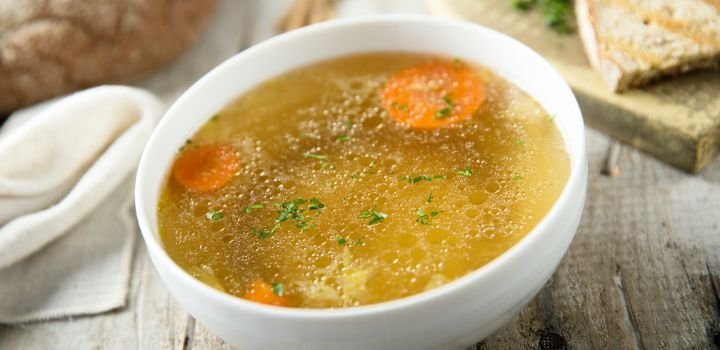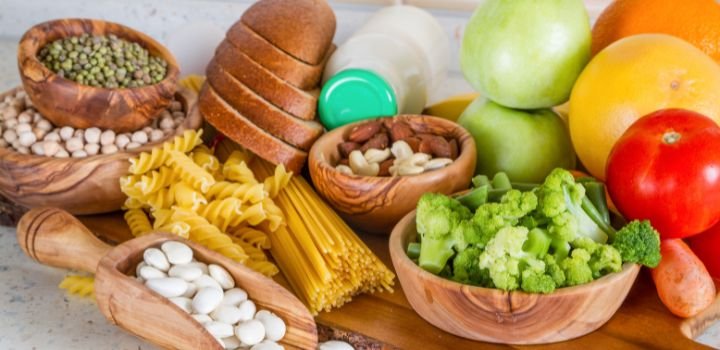introduzione
The yeast cell wall and other prodotti derivati dal lievito have become quite prominent components of animal feeds, because of their antimicrobial products, and other benefits. Although antibiotics have been very instrumental in bringing animal farming into the modern age, organic products present better options, without any of the toxicity of synthetic products.
This is the philosophy behind our work at Hiyeast. We believe that with the yeast cell wall, and our other yeast-derived products, animal farmers can unlock more value in their animals. In this article, we examine some of these benefits that you stand to gain from incorporating yeast derivatives into your animal feed.
What is the yeast cell wall?
Yeast cell wall (YCW) is, as the name implies, the cell wall of yeast cells. Being the largest single component of the cell, it is quite complex and embedded with multiple compounds that serve varying purposes. The most important of these compounds are β-glucans and mannan-oligosaccharides. These compounds confer the yeast cell wall with most of the antimicrobial and nutritional properties that it’s known for.
Yeast β-glucans
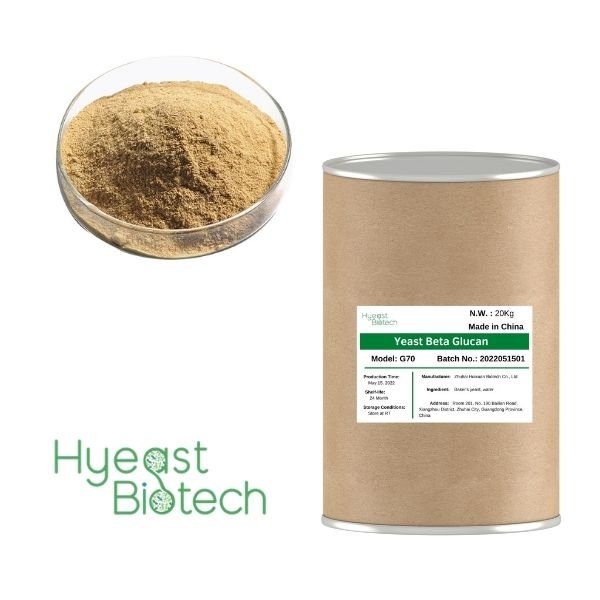
β-glucans, as present in yeast derivatives used in animal feed, are the product of the intensive purification of the yeast cell wall. Determined by multiple scientific studies to have significant anti-microbial, antioxidant and probiotic properties, not only do β-glucans help to improve animals’ immunity, but they also support the growth of helpful gut bacteria in farm animals.
β-glucans work by binding to the receptors on the surfaces of macrophages and other types of white blood cells in the animal’s immune system. This process is known as activation – optimizing the capacity of these cells to seek out and destroy invading pathogenic organisms.
Unlike human food, animal feed is not usually cooked at high temperatures just before it is served. This leaves animals significantly vulnerable to diseases borne by multiple pathogens that would have otherwise been eliminated by cooking. But, since cooking animal feed is impractical, the next best option is to incorporate it with components that have natural anti-microbial properties, and that’s where β-glucans come in.
Mannan-oligosaccharides (MOS)
Microbial cell walls usually consist of significantly large portions of polymers, which confer them with their shape and rigidity. In the yeast cell wall, these polymers are mannan-oligosaccharides. Because of its complex structure, it is not easily digestible in most farm animals and thus has no nutritional value. However, it serves other major functions.
While it doesn’t have any specific nutritional values of its own, MOS has been shown by scientific research to greatly improve the digestibility of animal feed, when added as a supplement. Also, like the β-glucans, it has certain probiotic properties, among a few other properties. Let us examine them below.
● It boosts the immunological performance of the animals
Study after study has espoused the antibiotic property of mannan-oligosaccharides, and how that is beneficial for the gut health of farm animals. Naturally, animals’ immune systems recognize invading pathogens by recognizing certain characteristics on their cell walls – lipo-polysaccharides, peptidoglycans, and other structures. Mannan-oligosaccharide supplements further boost this ability by activating increased production of mannose-binding protein in the liver. This directly improves the animal’s capability to detect and capture invading pathogens. And unlike it is with synthetic antibiotics, there is no chance of it leading to antimicrobial resistance.
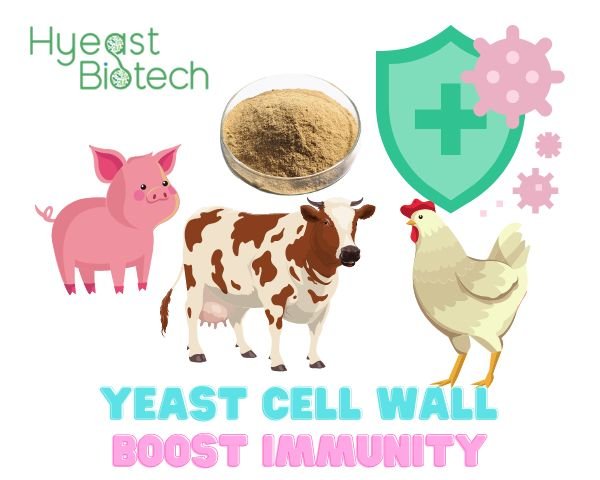
●It improves growth and blood chemistry
Also, MOS is beneficial to the health of the intestinal lining of farm animals. This counteracts pathogenic E. Coli bacteria that act by disrupting intestinal cells, triggering barrier dysfunction. It also leads to improved trace mineral absorption and feeds efficiency. Another direct benefit of improved feed efficiency is that it in turn improves the growth performance of the animals.
How do various animal groups respond to yeast cell wall supplements?
It is easy to paint everything with one brush and say that all kinds of farm animals experience the same kinds of benefits when fed with yeast cell wall supplements. But any experienced farmer can quickly note that that is hardly true.
Different animals not only have different nutritional requirements, but they also have different gut biology and digestive processes. And these factors greatly determine whether or not yeast cell wall supplements will be beneficial to them. Thankfully, scientists foresaw this and researched the effects of the yeast cell wall on three different kinds of animals – poultry, pigs, and cattle.
In this section, we outline the exact effects that yeast cell wall supplements have on these animals.
● Pollame
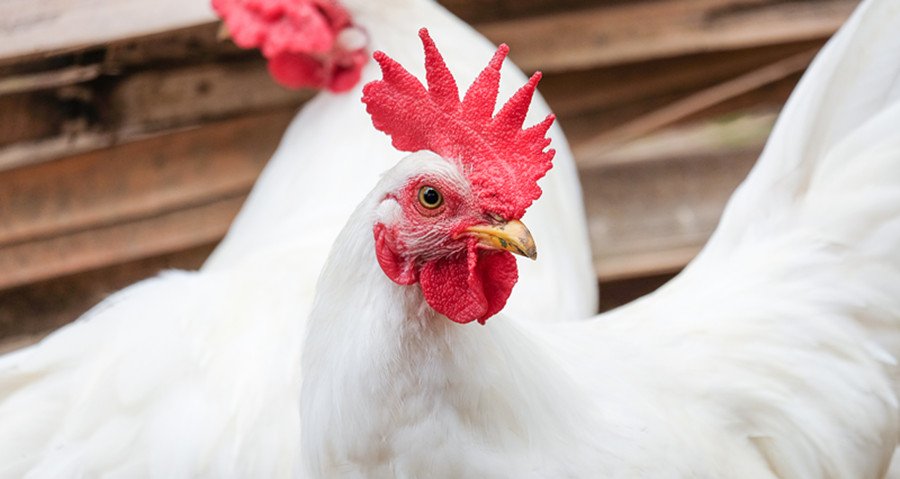
Unlike in humans where the food digestion process begins in the stomach almost immediately after it is chewed and sent in from the month, there are usually two more stops on the food digestion journey in poultry – the crop and the gizzard. And since these sacs store food without chemically digesting them, the bacteria population in them is usually significantly high, making the birds particularly susceptible to bacteria infections; thus leading to high mortality rates.
But, studies have shown that feeding poultry with feed containing yeast cell wall supplements can reduce mortality by as much as 22% in broilers and 25% in turkeys. Thanks to the antimicrobial properties of YCW. And that is not nearly all, they also showed a 2.3% and 1.6% improvement in feed conversion in broilers and turkeys respectively. In the end, the animals weighed better – as much as 3.4% higher in broilers, and 2.3% in turkeys.
● Pigs

The experiment was repeated with pigs, and a similar conclusion was reached – YCW is beneficial.
For piglets, the weaning process can be quite turbulent. The animals and their digestive systems get introduced to a whole new diet for the first time in their lives. As one would expect, during this period, piglets usually experience reduced food intake, health, and growth. But with piglets that were fed with feed containing YCW supplements, researchers found that there was a 3% improvement in feed conversion and a 3.6% improvement in body weight.
The experiment also revealed significant improvement in the health and productivity of sows. Sows fed with feed containing YCW supplement showed an average of 0.32 increase in litter size and produced colostrum of higher quality. Also, there was a reduction in the period between weaning and breeding.
● Vitelli
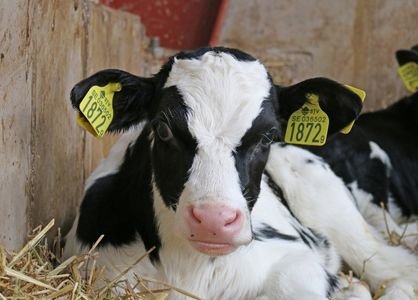
Just like piglets, cattle calves also usually have to deal with a few problems while transitioning to adulthood. They have to take the many vaccinations due, get weaned, and then be transported. All of these put significant pressure on their health and nutrition.
Researchers experimented by incorporating YCW into the milk and milk replacers that they fed to calves. And as expected, the animals showed several positives. For starters, the calves fed with yeast cell wall supplements increased their average daily gain by as much as 10%. And after 2 months, they showed a 15% higher body weight count than the control group.
Conclusione
For the longest time, farmers have incorporated yeast and yeast derivatives into the feed for their animals. But, with modern technology, we now understand the science behind it, and how exactly the animals benefit from these products. Even though YCW doesn’t have significant stand-alone nutritional value, it is impossible to ignore all of its other benefits.
For over 10 years, we at Ciao lievito have produced a range of yeast derivatives for use in animal feeds; from the yeast cell wall to hydrolyzed yeast, selenium yeast, and yeast beta-glucan. Together, these supplements provide antimicrobial, nutritional, and antioxidant properties. With our wealth of experience, we remain committed to developing more yeast-derived products and solutions to serve our customers.




